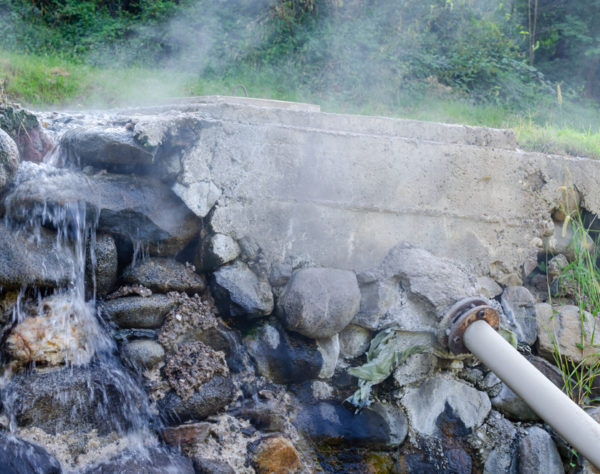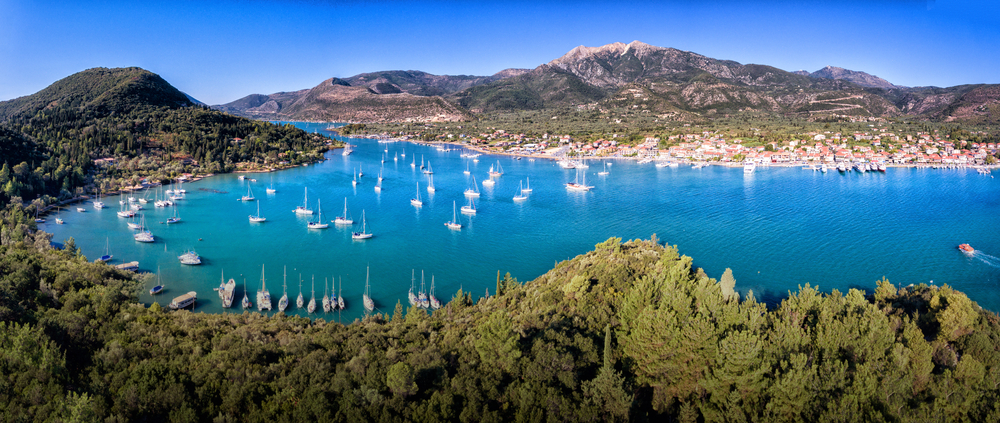
LEFKADA
…. The place to go when you need to recharge …
We have all been in and out of lockdown for 18 months, seen new variants come along and undo the good that we have done, we are all busting to go on holiday, safely, but where and when?
If you could go on holiday anywhere, where would you go, what sort of holiday would you go on? Well we asked each other and ourselves this very same question and after a lot of debate (we want to go everywhere!) we agreed that a week just bludging around on some glorious beaches, eating Greek food, ticks the boxes right now, we can hike the Himalayas another day. So, we make no apologies for this post, it’s focusing on the absolutely stunning beaches of Lefkada, and as you wind your way around the island, every little village you visit or stay in will delight you with beautifully fresh, delicious local specialities washed down with some cold local wine. So grab your carryon – you only need a couple of pairs of shorts, couple of t-shirts, swimmers, factor 50, your hat, your beach towel and some books (leave all the other stuff at home, we are travelling light) and join us on our “taking care of us” holiday!

Lefkada is 35kms from north to south and 15kms east to west with a total area of 302kms, so not a huge island, and all easily accessible. You will probably fly into Aktion airport, Preveza, pick up your rental car and drive the 20kms to Lefkada.

Some people question if Lefkada is really an island being it is actually joined onto the mainland by a narrow causeway but really, it just makes getting there easier and the minute you reach the other side, the contrast from Sterea Ellada (mainland Greece) opposite is unmistakable. The relaxed pace of even the island capital, Lefkada Town, the splendid backdrop of the chalky interior mountains – the island takes its name from the Greek word for “white” – and the ease with which you can reach its beautiful coastline, all mark it out as a top destination.
Although it remains the least touristic of the Ionians, at least in terms of foreign visitors, it has change quite radically over the years. Not all is lost though. As we shall see later, unspoilt beaches can still be found further down Lefkada’s magnificent west coast, where a band of milky turquoise separates the cliff-hemmed strands from the startling azure of the deeper waters. You will find a lot of sailing, wind/surfing and Standup Paddle boarding at many of the beaches so you can watch or take this opportunity to learn!
Lefkada largely shares the history of the rest of the Ionian archipelago. There is some evidence of Neolithic settlements and in Homeric times the island is supposed to have been given by Laertes to Arcadius, when their children Odysseus and Penelope got married. This myth and the discovery of some Mycenean remains near Vassiliki led respected nineteenth-century German archaeologist Wilhelm Dorpfeld to claim Lefkada was the real site of Odysseus’ home, rather than Ithaki.
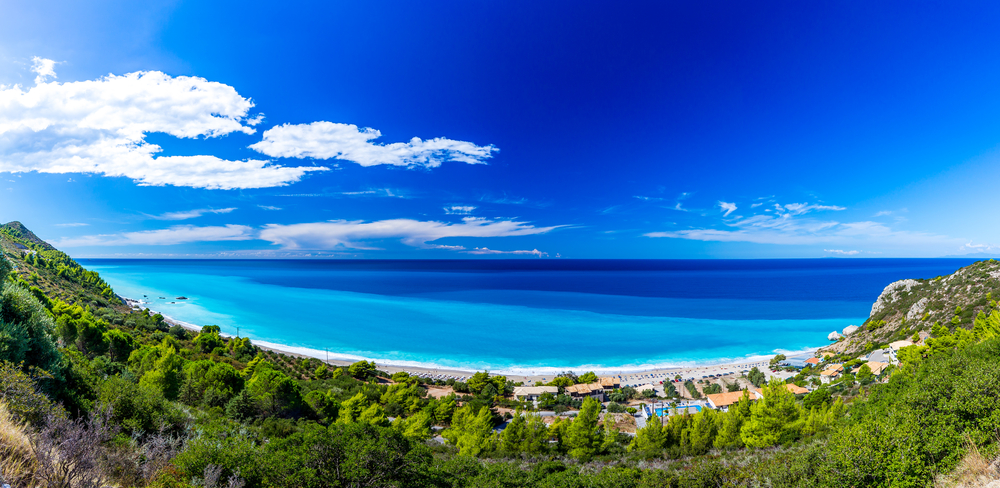
Lefkada Town and Surrounding Area
The island capital, which occupies a flat wedge of land that juts out to meet the causeway from the mainland, constitutes a pleasant introduction to Lefkada. Its manageable size means you can comfortably walk across it in twenty minutes and it is very easy to get your bearings.
The town’s largely pedestrianised main street, Ioannou Mela (named Dorpfeld nearer the seafront), is in effect an extension of the causeway and runs directly back from the water. It still has some of the attractive traditional wooden colonnades but these days is lined with fancy shops and trendy cafeterias. Compact Platia Agiou Spyridonos marks the point at which the street changes name and is another hub of activity by day and night, with enduring cafe-bars such as Casbah. The main street and the smaller ones branching off it hide the town’s wonderful little churches, which contain murals by Doxaras and other famous painters. Agios Dimitrios, Agios Minas, Pandokrator and Theotokou are all worth seeking out and having a peep at. The bizarre collection of bric-brac at the quaint Phonograph Museum, just off Ioannou Mela, provides another brief diversion.
There is surprisingly little accommodation in the city so be sure to book in advance. There are however plenty of restaurants on or around the main thoroughfare, and down little alleys, great spot for oven-baked goodies like swordfish and stuffed aubergines.
The seafront that bears right as you arrive from the causeway is named Sikelianou and has more cafes and bars before leading after about 500m to the small but fascinating Archaeological Museum, which contains fine cultural and religious artifacts from ancient times as well as a room dedicated to Dorpfeld’s finds. The Nautical Museum and Municipal Art Gallery are also housed in the same building.
The seafront to the left of the causeway passes a park before becoming Golemi, which has a few decent ouzeria and leads to the splendid new state-of-the-art marina, of which Lefkadans are justifiably proud.

Around town are some worthwhile spots for investigation. Best of these is the strip of land known as Yira which forms a diamond shape with the causeway and is pretty much unbroken and little-used beach, reached by following Sikelianou out past the Archaeological Museum. The section that bears left onto the main coastline where Yira turns right is the more popular Ai Yiannis beach. About 3km up from the back of town you can visit the picturesque Faneromeni Monastery, dating from the seventeenth century, whose most notable features are some stunning stained-glass windows and a peaceful courtyard.
The Busy East Coast
The stretch of coast that runs down the east side of the island is by far the busiest and most of the almost contiguous mini-resorts strung along it barely merit a visit. The outstanding place to stop for a meal along this stretch is just south of Ligia at I Limni, which has a lovely landscaped garden and the friendly owner Maria serves up some of her own creations such as spartiakiko, a mixture of pork, peppers, mushrooms and cheese in a wine and cognac sauce.
The main focal point of the East Coast is the island’s main resort of Nydri. This 2km strip of villas, hotels, restaurants, bars, shops and agencies is quite mild by the standards of some islands and although the beach itself is not overwhelmingly attractive, the quayside is OK for a stroll or a bite to eat – this is the main jumping off point for ferries to the delightfully quiet island of Meganissi – just 25mins away – and boat tours of other islets in between, including Skorpios, owned by the Onassis family.
Meganissi is really worth a visit; Katomeri is the capital and Vathy is a natural harbour where you will find luxury yachts moored at Odysseas Marina. On the south west tip you can visit the cave of Papanikolis and the cave of Cyclops.

Beyond Nydri, the traffic thins out, as does the frequency of built-up areas and the island really starts to take shape. After rather unprepossessing Vlyho, largely a yacht-servicing boatyard, the attractive Yeni peninsula hooks off to the left. If you follow its coast right round to the end, you will reach the tiny chapel of Agia Kyriaki, where a modest memorial marks the burial spot of Dorpfeld. Heading straight over the steep neck of the peninsula, however, brings you to appealing Dessimi Bay, home of the excellent Pyrofani taverna, a great place for fresh seafood.
Continuing along the main coast road, you wind up along the ridges of the interior mountains and can choose from several worthy bays to descend for a dip or take up residence. The first option is Poros, also known as Rouda Bay, which has a comfortable stony beach and a beach front hotel called … Rouda Bay Beach Hotel.
Further south, another slip road leads down to Syvota, which does not have much in the way of beach but is popular with yachties and has some good accommodation and eating possibilities. One of the classiest but not excessively expensive tavernas on Lefkada is the Palia Apothiki, converted, as the name indicates, from an old stone warehouse, and producing quality fare such as shrimps wrapped in bacon.
Not strictly on the East Coast, as it is south-facing and west of the barren corner of the island that ends in Cape Lipso, but lumped in with it for convenience as it marks the end of Lefkada’s more touristic side, Vassiliki is second only to Nydri in terms of visitor numbers. It tends to draw a more sporty crowd – many come for the excellent windsurfing – the bay here is regarded as one of Europe’s top spots and hosts international competitions. It’s a lively place, although none of its restaurants and bars really distinguishes itself. The beach is sandy and the sea is shallow. The smaller neighbouring resort of Pondi, at the west end of the gently curving bay, is actually a less busy place to hang out.
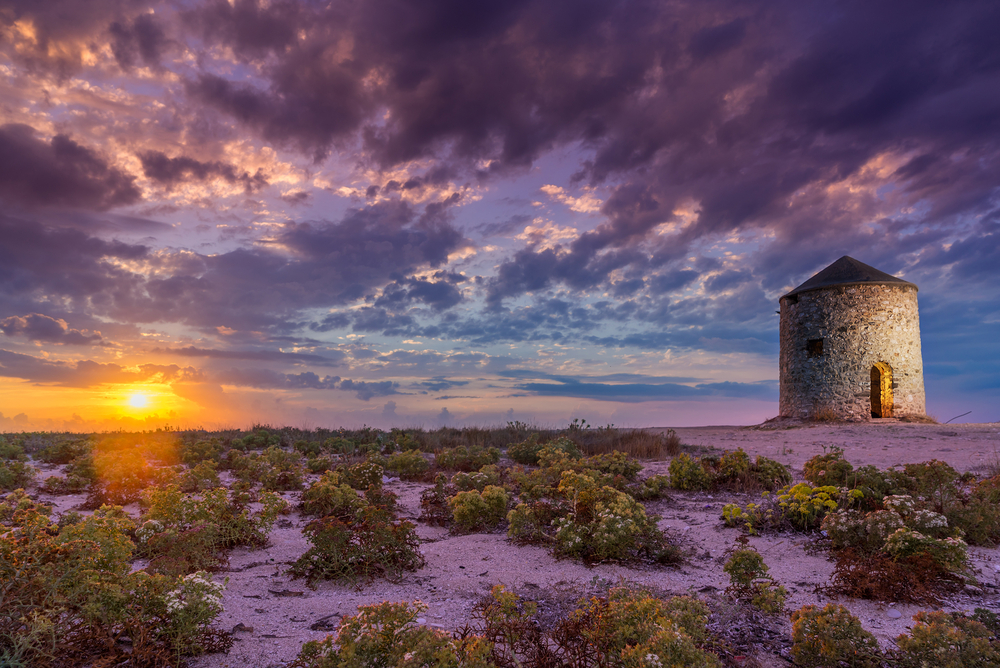
The Traditional Interior
Lefkada’s lofty interior contains some scenic traditional villages where you can still get a strong sense of the Greece of days gone by. The best area to explore is around Karya, right in the centre of the island. Approachable either from Lefkada Town via Sfakiotes or from Nydri via Vafkeri, Karya is the largest inland village and a centre of fine lace embroidery. Now, whilst looking for a photo I found the following pics, clearly showing after all these years that Greeks are still leading the fashion stakes – they gave us a chuckle (put those trainers on your Christmas list!)
The plane-shaded central square of Karya is a great place for a meal or coffee, while watching the locals go about their business. There is also an absorbing Folklore Museum a few blocks above the square. Around 3km south of Karya is the village with the most dramatic location of all. Hemmed in by peaks on three sides, Eglouvi, whose name means “encaged”, has some buildings that date from the sixteenth century and a charming platia where you can still observe black-clad widows knitting.
On the western side of the island’s spine, the two main villages of note are Drymonas and Exanthia, both of which have the odd shop, grill or cafe and, of course, enjoy spectacular sunsets. The other inland nook that is worth a look is in the southeast, off the main route between Nydri and Vassiliki. Here you can divert around a scenic route through the pretty hamlets of Fterno, Vournikas and Syvros. That latter is especially worthwhile and you can visit the Olive Museum and nearby church of Agios Ioannis, once a monastery, accessible along a dirt track.
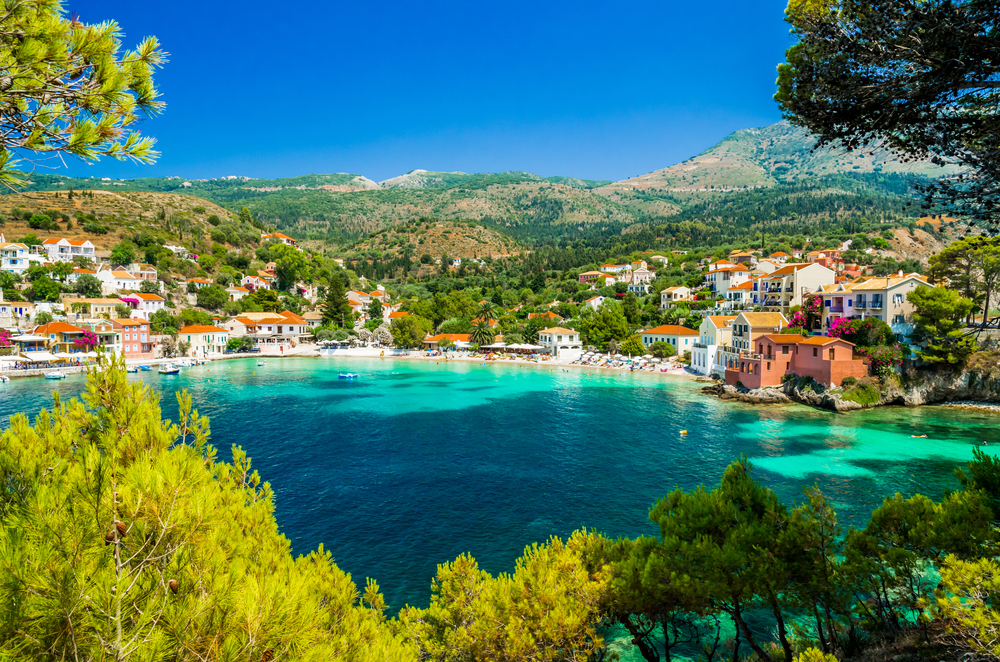
The Wonderful West Coast
The main access road from the capital to the exquisite west coast heads west through Tsoukalades before drifting southwest to the first of the island’s truly magnificent beaches, Pefkoulia.
Little over a kilometre further on, crammed into an attractive gorge, is the busiest resort on this side of the island, Aï Nikitas. Although it’s been fairly commercialised for a few years now, it still retains a certain charm and offers fine accommodation.
Regular motor boats will ferry you around the southern headlands to the more scenic beach of Mylos, which can also be reached by a rocky footpath. Around three kilometres further south by road lies the beach of Kathisma. This superb wide strip of sand can get very crowded in high season but even then you can still avoid the worst of the crush if you walk south past the dividing rocks beyond the last taverna.

From here the coast road climbs steeply past Kalamitsi and levels out as it bends back south through the smaller village of Hortata. Shortly afterwards, the only main junction in this part of the island allows you to complete the loop back to Vassiliki via Agios Petros and Pondi. However, even if you are based on the east coast, you should not miss the Lefkada’s crowning glory, its stunning southwest coast.
The only real village down here is Athani, a fine spot with a good number of traditional houses commanding brilliant sea views. You can enjoy these along with a great home cooking at the aptly named Panorama taverna. Nearby are the access points to the island’s best and least frequented beaches, Yialos directly below and Egremni, a few kilometres further south. The steep winding roads to both are paved most of the way and you are likely to have them almost entirely to yourself except in the height of summer, when seasonal canteens open up and provide refreshment and basic snacks.

The final bathing spot, still further south, is Porto Katsiki, where the most travelled branch of the coast road terminates some distance above sea level. From the car park you can descend to the attractive set of cliff-backed coves by steps, although you should be aware that they are quite small and also get filled up by day-trippers on boat tours from Nydri and Vassiliki. The other, still unpaved but easily drivable road leads down to desolate Cape Lefkatas, whose towering cliffs were the site of human sacrifices in Mycenean times when it was famously known as ‘lover’s leap’ following a story that Aphrodite flung herself into the sea whilst mourning Adonis.
Can you imagine yourself in the picture below? Just relaxing, recharging and resting … bliss!
It’s been a tough 18 months (and counting), stay safe and remember to take the time to look after yourself, your wellbeing, your mental and physical health.
Thanks and acknowledgement goes to Nick Edwards, Greektravel.com who wrote much of this post, the rest was the contribution of the autocarbookers team.





